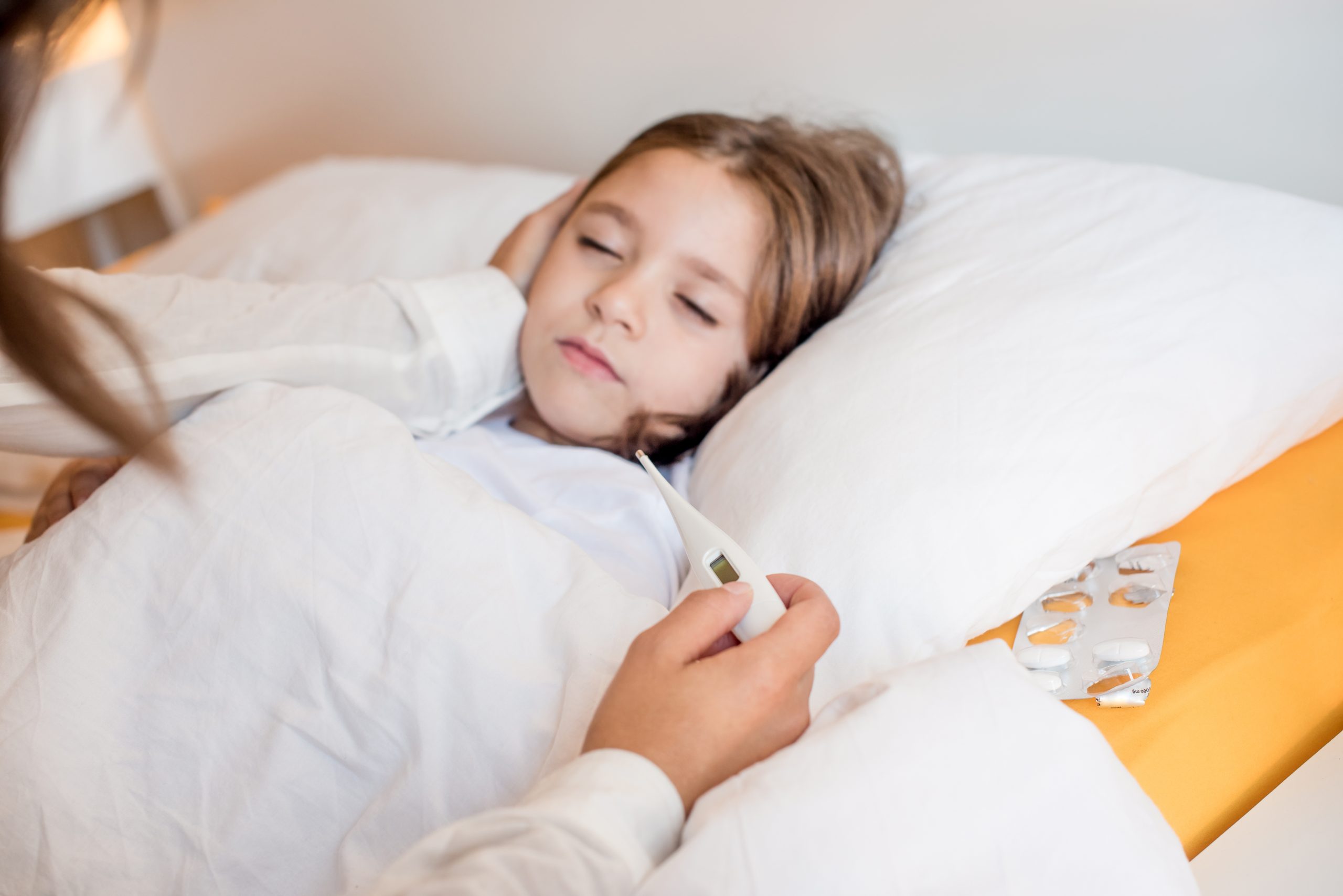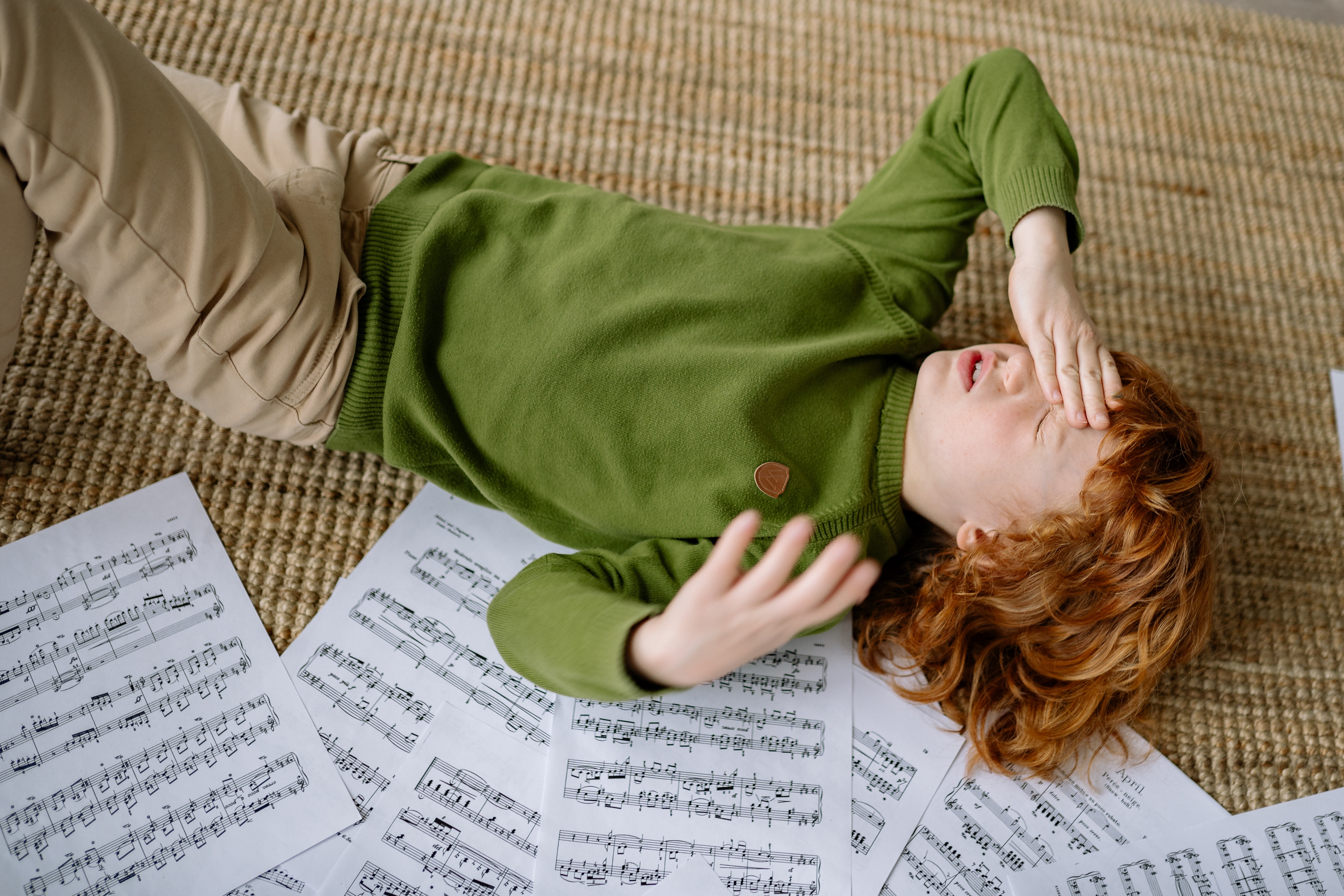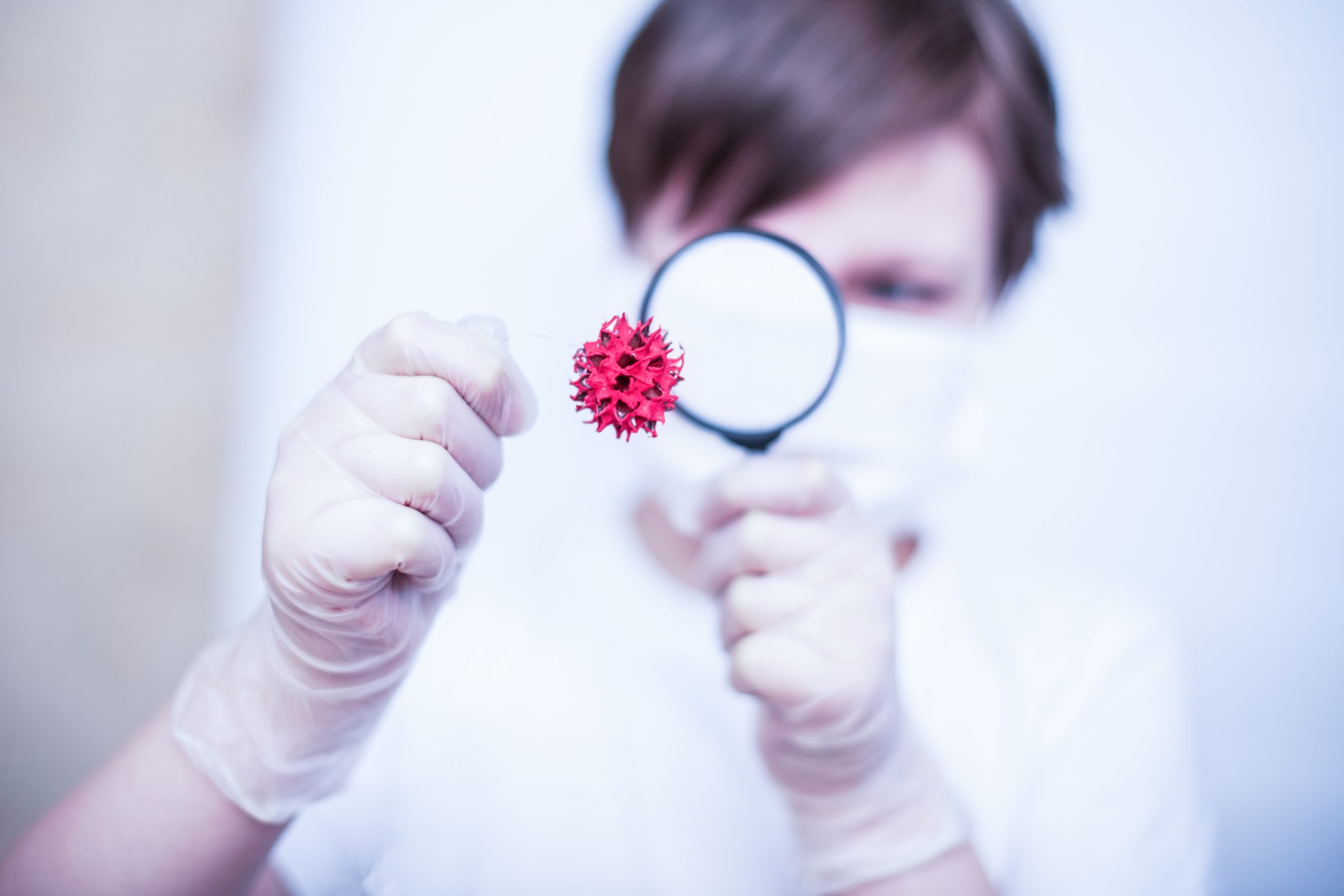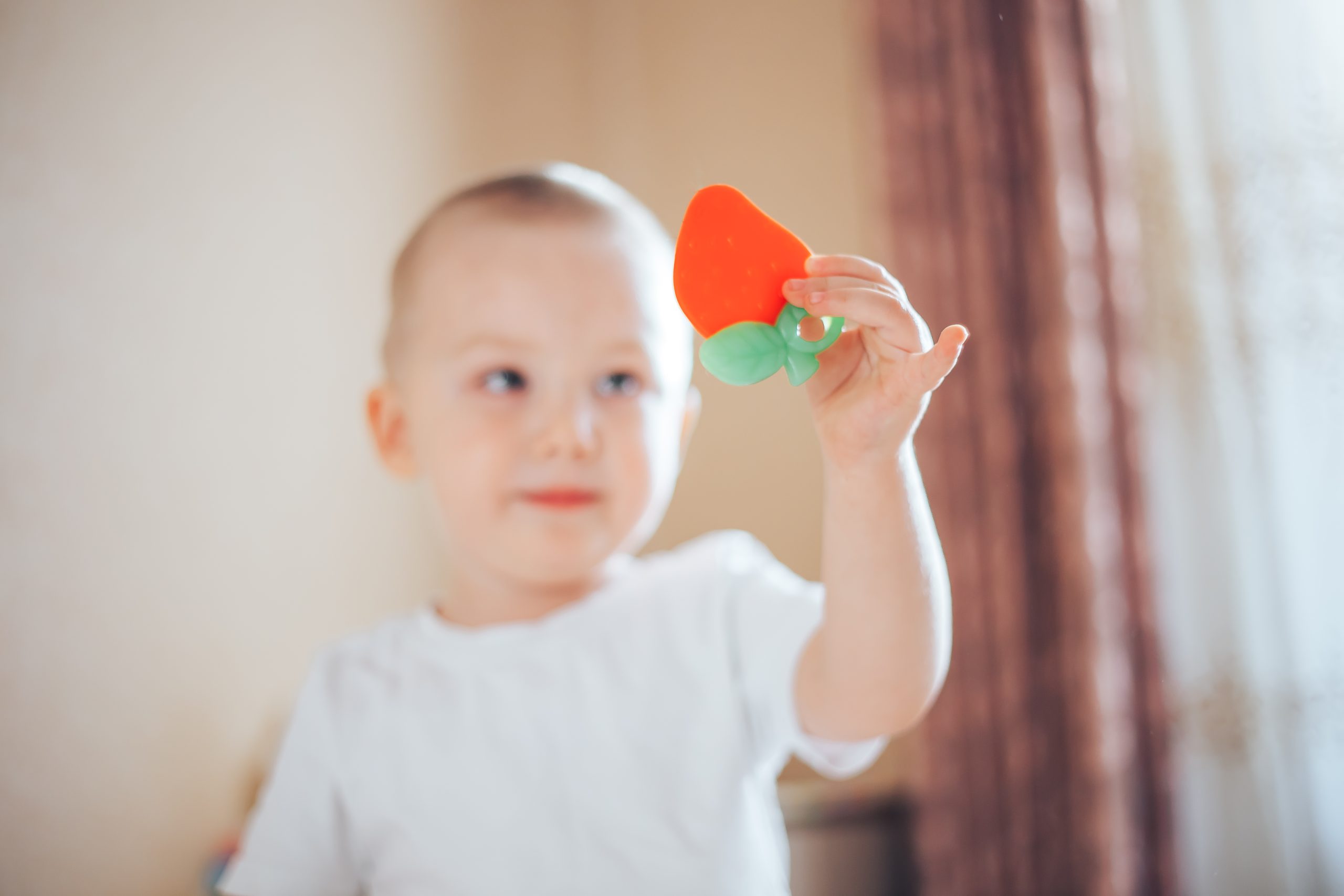Acute colds in children (causes, treatment and methods of prevention)
- What are the common cold in children?
- the reasons
- Risk factors
- Ways to prevent colds in children
- Treatment of colds in children
What are the common cold in children?
The common cold is a viral infection that spreads spontaneously to the upper respiratory tract and is characterized by congestion and runny nose and sneezing.
It may be associated with a sore throat, cough, malaise, as well as a low-grade fever.
Causes of colds in children and risk factors:
First the reasons:
Caused by viruses:
Rhinovirus is the most common cause, accounting for 40% to 50% of cases, as it is present throughout the year but appears in temperate climates from late summer or in the early days of fall through spring, and in late temperate or midwinter climates The influenza virus occurs in A proportion ranging from 25 to 30% of cases, where the Corona virus represents from 10 to 15% of cases, and other causes include adenoviruses, respiratory syncytial virus, influenza virus, and metabolic virus.
- Direct transmission:
Where viruses are active on the hands of the infected person for a period of more than 3 hours, in the event that the infected person touches his nose, mouth or eyes, the cold virus is transmitted to him directly.
- Indirect transmission:
Where cold viruses can live on surfaces such as desks and door handles for between two and three hours.
Second, risk factors:
age factors:
The frequency of colds decreases with age until later in life.
Preschool children aged 1 to 5 years have 8 or more colds per year.
School children aged 6 to 12 suffer from 5 to 6 or more colds per year.
Teens get 4 to 5 colds a year.
Adults get 2 to 3 colds a year.
The elderly suffer from an increase in the incidence of common colds annually.
Second, risk factors:
age factors:
- The frequency of colds decreases with age until later in life.
- Preschool children aged 1 to 5 years have 8 or more colds per year.
- School children aged 6 to 12 suffer from 5 to 6 or more colds per year.
- Teens get 4 to 5 colds a year.
- Adults get 2 to 3 colds a year.
Ways to prevent colds in children
- Wash hands thoroughly with soap and water before and after eating and after returning home.
- Avoid anyone who has a cold.
- Stay away from smokers completely.
- Avoid sneezing and coughing into the hand (use a tissue or your elbow when sneezing)
- Do not share cups and foods with others.
- Do not give your child medicine without consulting a doctor.
Treatment of colds in children:
There are many medicines available, but if you give your child an over-the-counter treatment, you will fall into the dilemma that the treatment only treats the symptoms of the common cold, not the disease that causes those symptoms. Treatment check carefully, but there are recipes that may help you take care of your child as aids with treatment, which are:
- Provide your child with more fluids such as water, juice and soup, as they help loosen secretions and also reduce respiratory secretions.
- Offer your child cold and frozen foods such as candy, ice cream or fruits that will relieve a sore throat.
- Taking a bath will soothe aches and pains.
You should visit a doctor in the following cases:
- In cases of difficulty breathing.
- In case of coughing up blood.
- Pain in the eyes and poor vision, especially at night.
- If the child refuses to drink liquids.
- A child’s temperature of more than 38.5 degrees Celsius.
- Constant vomiting.




